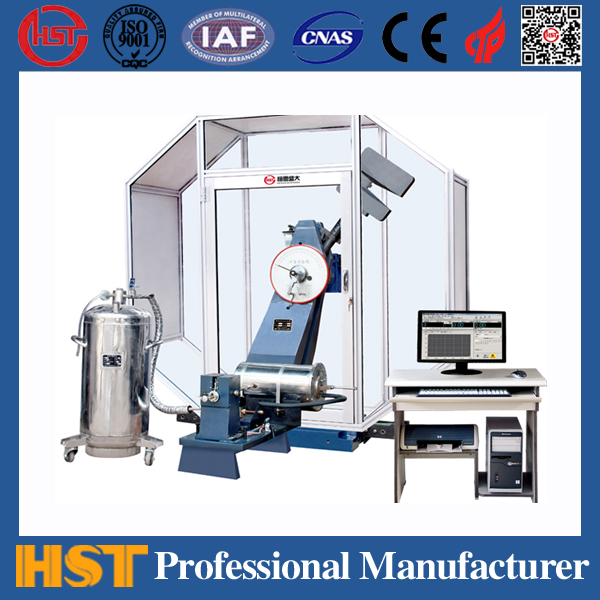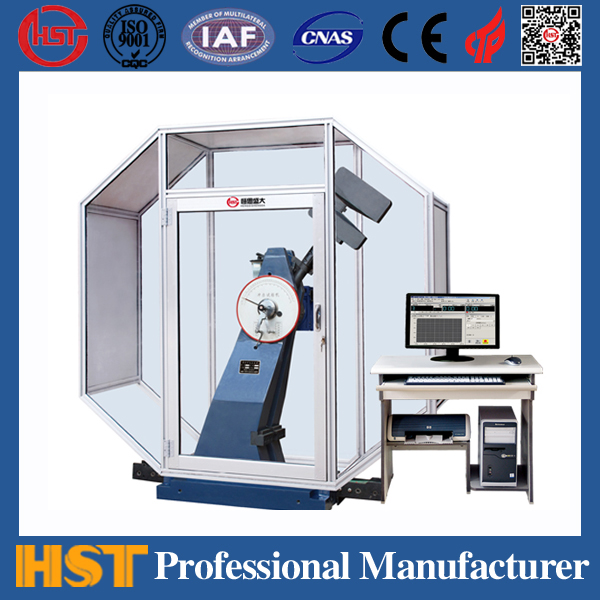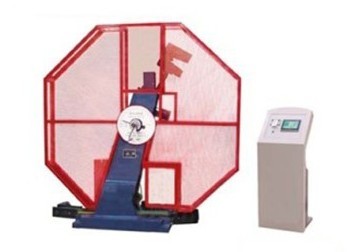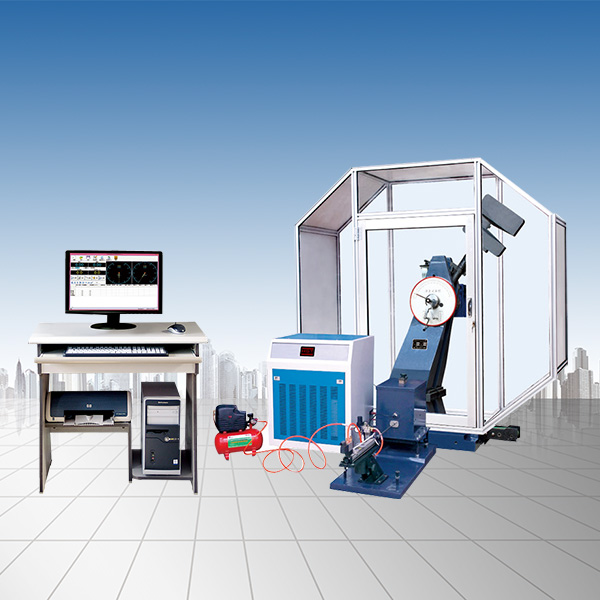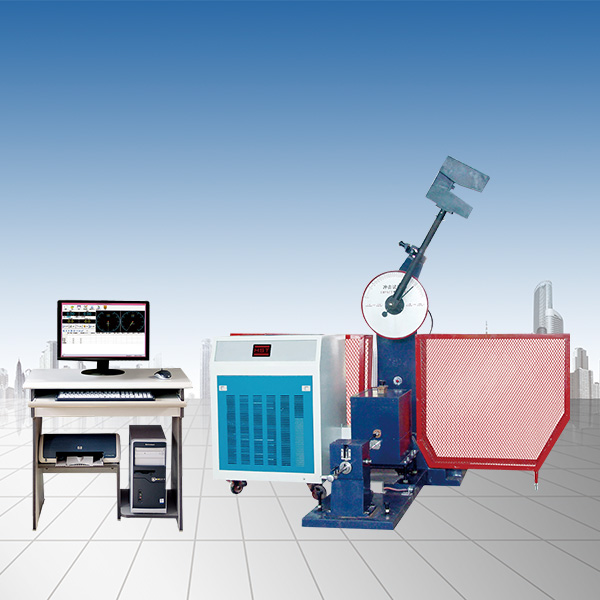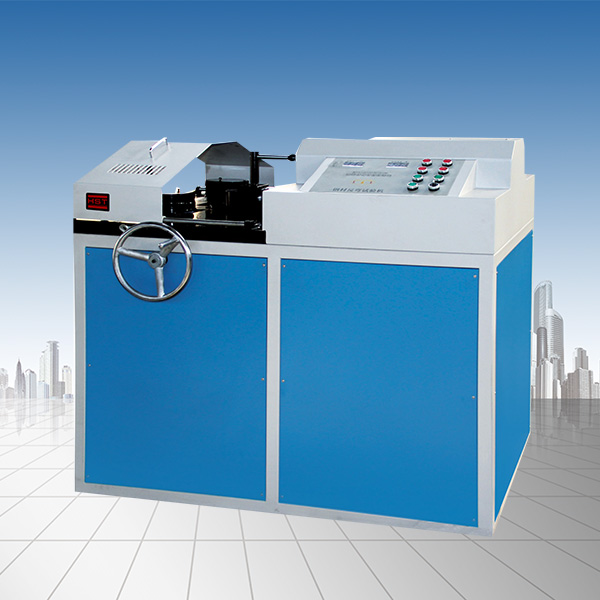Company News
Application of microcomputer-controlled hydraulic universal testing machine in tensile experiment
Release time:2018-11-23 source:Jinan Hengsi Shanda Instrument Co., Ltd. Browse:
Tensile experiments are important experiments in the mechanical properties of materials. The equipment used in traditional tensile experiments is generally hydraulic universal testing machines. With the wide application of electrical testing and electronic control technology in testing machines, the microcomputer-controlled electronic universal testing machine and the microcomputer-controlled hydraulic servo universal testing machine have been successively developed on the market. The microcomputer-controlled hydraulic universal testing machine still uses hydraulic oil as the power source. The difference from the old hydraulic universal testing machine is that it uses a technology that combines hydraulic loading and microcomputer system to collect data, process and display the tests using computers, so that the test machine functions are more complete, operation is more convenient, and data is more accurate. In addition, compared with microcomputer hydraulic servo universal testing machine and microcomputer electronic universal testing machine, its advantages are strong power and wide loading range.
1The main structure and working principle of the test machine
The main structure of the WAW series microcomputer controlled hydraulic universal testing machine can be divided into two parts: (hydraulic) loading system and measurement system. The loading system transmits force to the load sensor fixed under the test bench through the cylinder piston, and converts the force signal into an electrical signal to transmit it to the measurement system. The data is processed and analyzed through the measurement system to obtain the test results.
The loading system includes a host and a hydraulic source. The main machine is mainly composed of the base (the main working cylinder inside), a test stand, an upper beam, a lower beam, a clamping part, a lead screw, a light rod, etc., and is the actuator of the test. A tensile space is formed between the upper and lower beams, which can achieve tensile deformation of the sample; a compression space between the lower beam and the test stand, which can achieve deformation of the sample compression, bending, shearing, etc. Therefore, this universal testing machine is also called a dual-space universal testing machine. The hydraulic source is mainly composed of motor, oil pump, oil tank, control appliances and other parts, and is the power supply mechanism of the test machine. Turn on the oil pump control switch and realize the rise and fall of the piston through the computer's control of the servo valve.
The measurement system consists of an industrial control machine and a computer, which mainly completes the collection and processing of data. The working principle of the industrial control machine is as follows:
The computer connects the industrial control machine through a serial port, and processes the data collected by the industrial control machine through experimental software, such as sensor display, test curve display, test result processing and test report printing, etc.
2 Application of test machine in tensile experiments
The microcomputer hydraulic servo universal testing machine is an advanced material testing machine. It uses it to test the mechanical properties of metal materials in tensile experiments. The performance indicators that can be tested include: upper yield strength, yield strength, force, tensile strength, specified non-proportional extension strength, elastic modulus, and elongation after break. The specified non-proportional extension strength and elastic modulus must be measured by installing an electronic extensometer. The following are the main steps for testing the performance of metal materials in tensile experiments using a microcomputer hydraulic universal test machine:
(1) Select and install card clips;
(2) Sequentially turn on: monitor → printer → computer → industrial control → start test software → hydraulic source;
(3) Enter the test window and select the test plan; measure the sample size and enter relevant test parameters;
(4) Install card samples;
(5) Install an extensometer in order to measure the elastic modulus and the specified non-proportional extension strength;
(6) Clear the sensor display value, switch to loading, click the "Run" button in the test window to enter the test state;
(7) Save the test data until the sample is broken;
(8) Remove the sample, then switch to the quick retardation gear, so that the piston can be returned to the end;
(9) If necessary, print the test report form can be output;
(10) Shutdown: Hydraulic source → Exit test software → Industrial control machine → Computer → Monitor → Printer.
From the above experimental process, it can be seen that the mechanical properties of the materials tested using the microcomputer hydraulic servo universal test machine are simple and convenient to operate and have a high degree of automation. Since the measurement system of the test machine can automatically collect and process data automatically, it eliminates the process of data recording and data calculation, and avoids many human errors, making the measurement results more accurate. For example, to determine the elastic modulus of low carbon steel, as long as an extensometer is installed and the test is run according to the prescribed steps, the value can be read directly from the test results. In traditional hydraulic universal testing machines, they must use equal-level loading methods to record while loading and calculating, which is both troublesome and artificial errors. Similarly, the use of a microcomputer hydraulic servo universal test machine to determine the strength and plasticity index when metal tensile also has the advantages that the old hydraulic universal test machine is incomparable, that is, the index data can be read directly without reading tables, recordings, and calculations.
3 key operation points
(1) Regarding the selection and installation of clamps: Select V-shaped clamps for round samples, and select flat clamps for flat samples. When the sample size is at the critical size of the clamp, try to choose the smaller one. If the V-shaped clamp of WAW has Φ13-Φ26 and Φ26-Φ40, if the sample size is Φ26, try to choose Φ13-Φ26 clamp.
When installing the clamping block, do not start the oil pump motor and leave the machine in a power-off state. Push the clamp into the dovetail groove of the lining plate, and the chamfered side of the clamp follows the direction of the pressure being applied to the sample. Lock the small baffles on both sides of the lining plate to prevent the clamps from deviating.
(2) About the startup sequence: The machine can only run when the test software is fully started and enters the online state (the oil pump can start). Therefore, before conducting a test machine, the measurement system must be started first, and the startup sequence is: monitor → printer → computer → industrial control machine → start the test software → hydraulic source.
(3) Regarding the sample assembly: The sample is clamped, the circular sample is clamped in the middle of the V-shaped clamp, and the flat sample must be perpendicular to the clamp and cannot be tilted. The clamping part should be long enough, less than 3/4 of the length of the clamping block. When clamping the upper and lower chucks, it is strictly forbidden to lift and lower the cross beam.
(4) Regarding the zeroing of force value: There is a sensor bar on the main interface of the software to display the sampled data, which can display the values of four sensors, namely test force, displacement, extensometer, and peak force. Generally, after clamping the test piece and clamping the extensometer, each sensor must be cleared before the test can be started. However, the zeroing of the force sensor is quite special. First, clamp the upper chuck of the stretching clamp, then adjust the lower cross beam to an appropriate position, clear the force value, and then clamp the lower chuck.
(5) Regarding switch conversion: The conversion switch on the hydraulic source panel is used to control the conversion of the oil circuit. When the test starts running, turn the switch to the "loading" level; after the test is completed, you must first remove the sample, and then switch to the "quick rewind" level to allow the piston to retreat to the end. If the piston is lowered first, the broken samples will be against each other and destroy the jaws.
(6) Regarding the extensometer: There is also an important accessory for the microcomputer-controlled hydraulic universal testing machine, namely the electronic extensometer. An electronic extensometer is a sensor that senses the deformation of the specimen, and is mainly used for tests with less deformation of the specimen, such as determining the elastic modulus of the material and specifying non-proportional extension strength. If these two performance indicators are not required, an extensometer is not necessary.
When clamping the electronic extensometer, gently pick up the electronic extensometer, clamp the gauge rod gasket between the force arm and the gauge rod, press the two force arms, make the two blades vertically contact the sample, tie the extensometer to the sample with a spring or rubber band, and after installation, take out the gauge rod gasket to keep a 0.5mm gap between the force arm and the gauge rod. In addition, protect the electronic extensometer, do not fall and touch, keep the edge sharp, and do not remove the screws at both ends of the bar to prevent the opening of the two arms from being unlimited, causing the strain gauge and spring sheet to deform, causing the electronic extensometer to be damaged.
In the middle of the test, when the deformation reaches the extensometer switching point set by the test plan, that is, when the material reaches the yield limit, the extensometer should be removed quickly (there is a prompt window for the procedure).
The microcomputer-controlled hydraulic universal testing machine can not only perform tensile experiments, but also achieve compression, bending, shear and other experiments. Tensile experiments are basic experiments, so here we mainly focus on tensile experiments and introduce the application of microcomputer-controlled hydraulic universal testing machine.
Recommended productsPRODUCTS


















